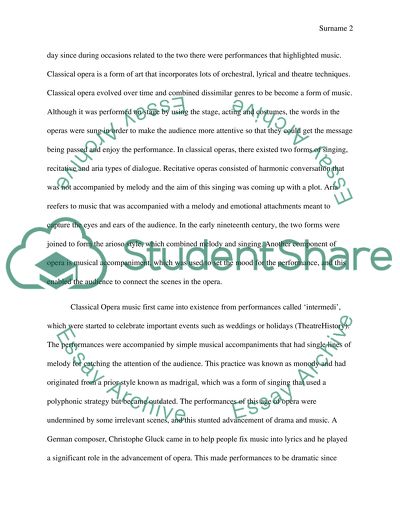Cite this document
(“Classical Opera and Popular Music Essay Example | Topics and Well Written Essays - 1250 words”, n.d.)
Retrieved from https://studentshare.org/music/1433435-compare-contrast-essay-yt-opera-and-modern-forms
Retrieved from https://studentshare.org/music/1433435-compare-contrast-essay-yt-opera-and-modern-forms
(Classical Opera and Popular Music Essay Example | Topics and Well Written Essays - 1250 Words)
https://studentshare.org/music/1433435-compare-contrast-essay-yt-opera-and-modern-forms.
https://studentshare.org/music/1433435-compare-contrast-essay-yt-opera-and-modern-forms.
“Classical Opera and Popular Music Essay Example | Topics and Well Written Essays - 1250 Words”, n.d. https://studentshare.org/music/1433435-compare-contrast-essay-yt-opera-and-modern-forms.


